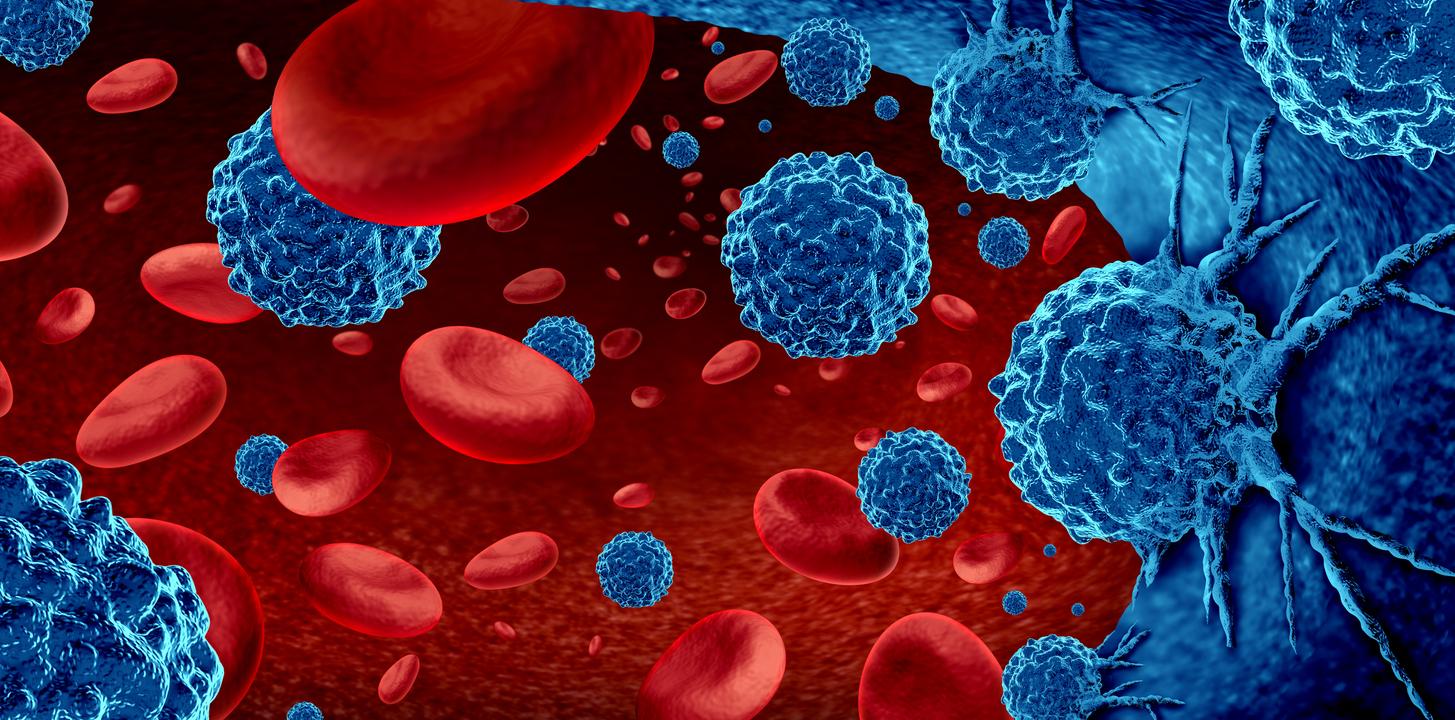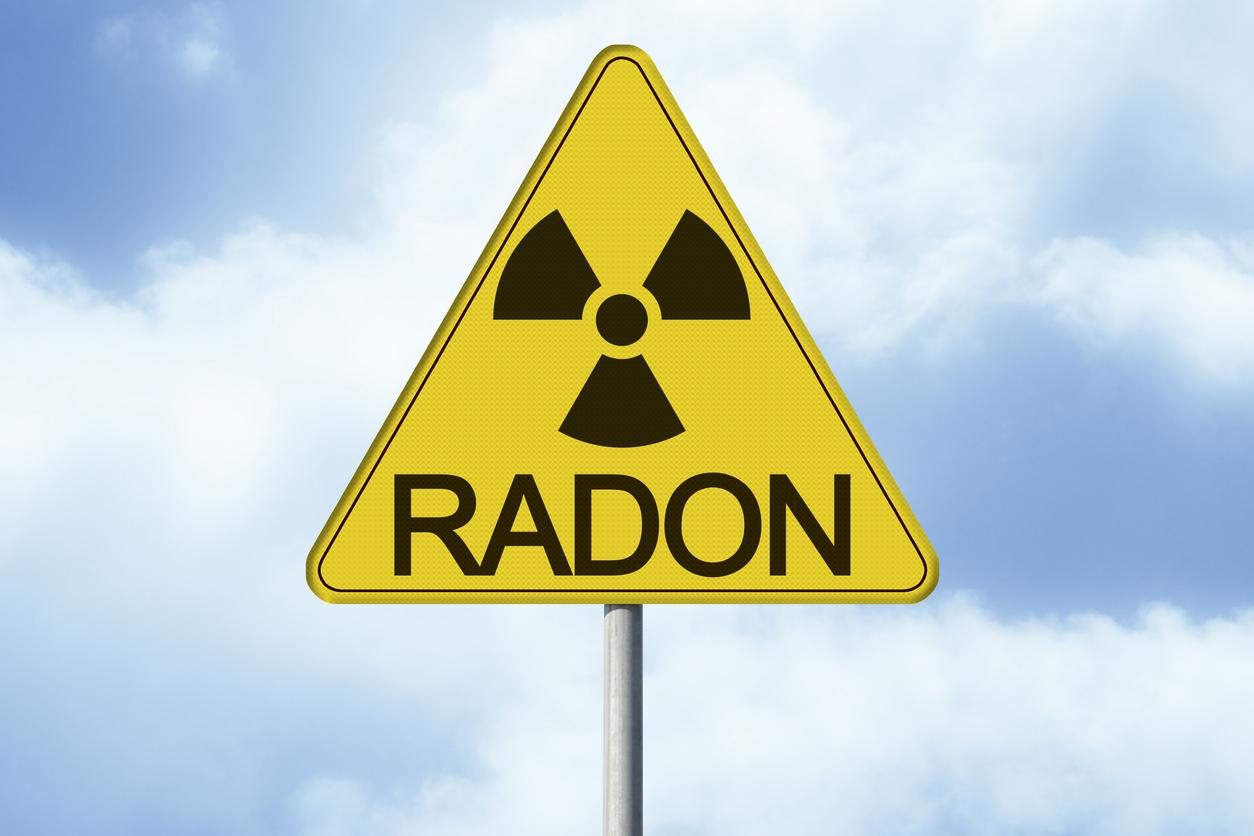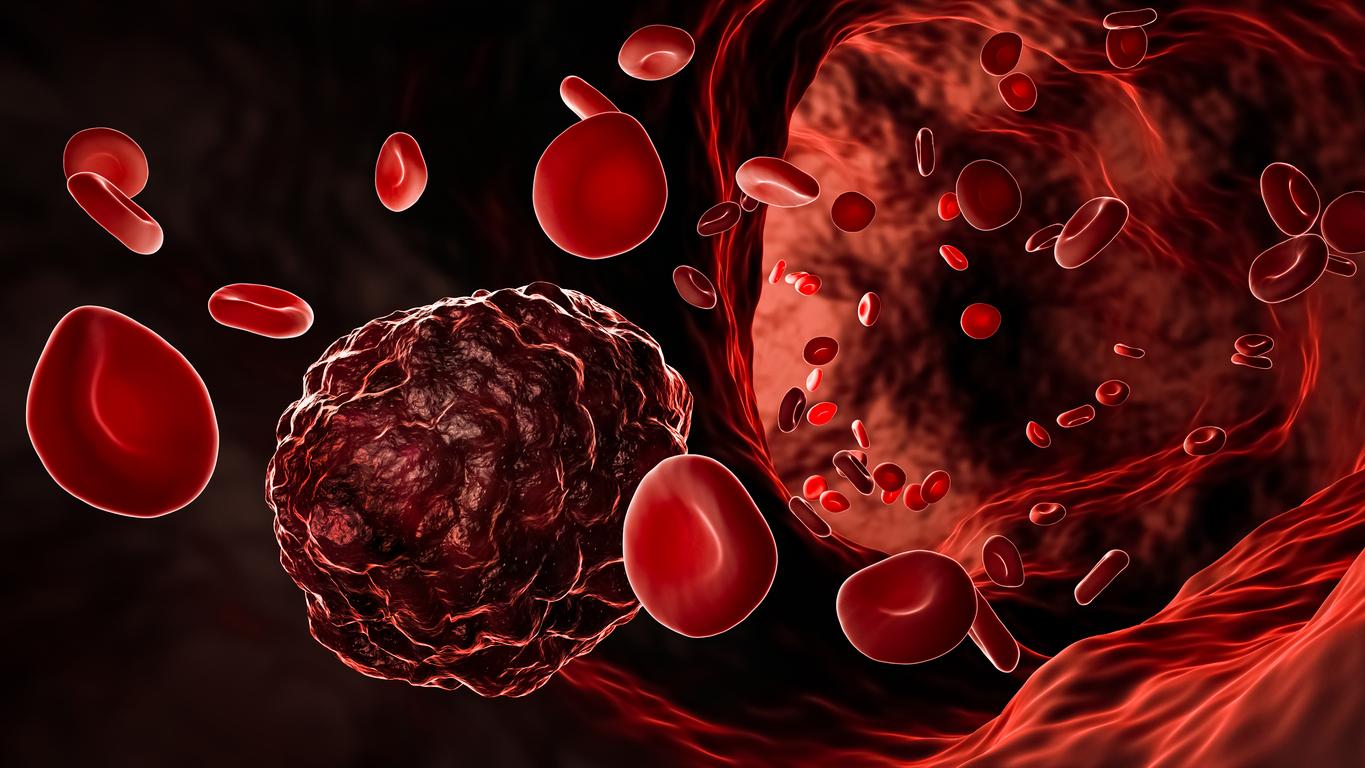The slower a person with blood cancer walks, the higher their risk of having complications.

In elderly people with blood cancer (or leukemia), their walking speed has been shown to be a good indicator of their ability to resist treatment, according to a new search. “The slower a person walks, the higher their risk of having problems,” says study director Jane A. Driver, co-director of Older Adult Hematologic Malignancy (OHM).
“This test can be done in less than a minute”
His team reports that for every 0.1 meter per second (m/s) slowdown, the risk of death or being hospitalized in emergency increases by 22% and 33% respectively. The association was strongest in patients with non-Hodgkin’s lymphoma.
Measuring walking speed not only identifies frail people, whose chances of long-term recovery may be less good, but also those who are in better shape than expected for their age. “This test can be performed in less than a minute and takes no longer than measuring blood pressure,” the researchers say.
Walking is a complex activity
Their trial involved 448 adults aged 75 and older, all with blood cancer. Their walking speed was measured over 4 meters by a stopwatch. Taken for granted, walking is a complex activity that involves the coordination of the musculoskeletal, cardiovascular and nervous systems.
Uncommon, leukemias occur in both children and adults, but their type is highly age-dependent. Thus, the 2,800 cases of acute myeloid leukemia (AML) diagnosed in France in 2012 mainly concerned adults, whereas acute lymphoblastic leukemia (ALL) mainly develops in children.
With nearly 4,500 people affected each year, chronic lymphocytic leukemia (CLL) is the most common leukemia. Leukemia is a disease characterized by the considerable increase of white blood cells in the blood.

.
















